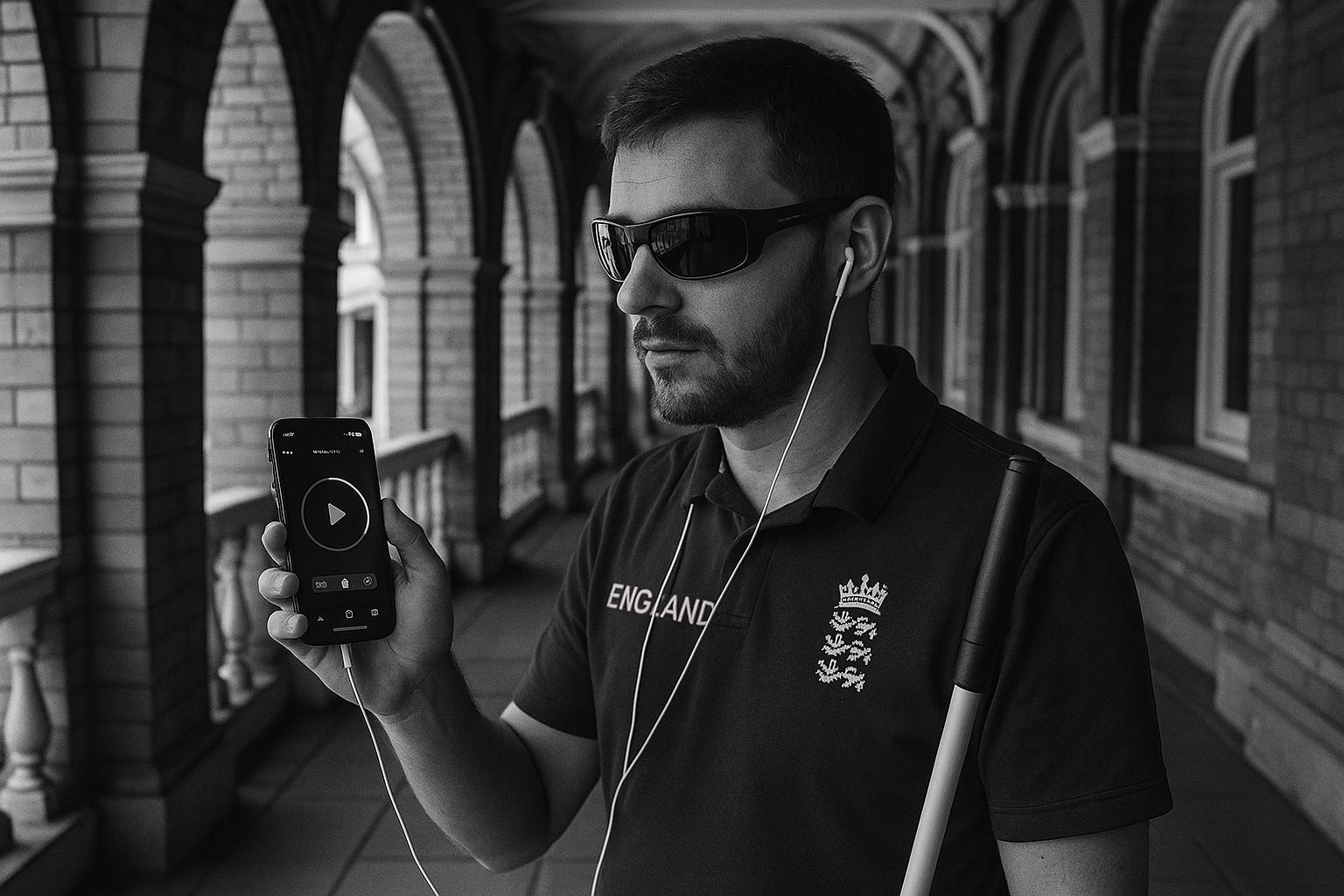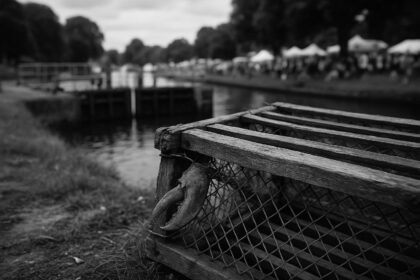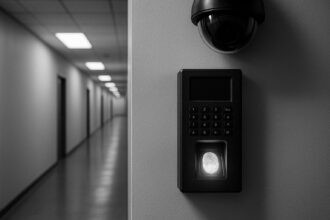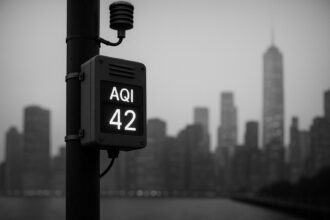An innovative app offering metre-precise audio navigation for visually impaired visitors has launched at Lord’s cricket ground, marking the first use of such technology in a major sports stadium and promising wider adoption at UK venues.
At Lord’s cricket ground in London, a significant step has been taken towards improving accessibility for visually impaired sports fans with the introduction of an innovative navigation app. Developed by the company Waymap, this sophisticated tool provides audio-guided, fine-grained navigation inside the stadium, a pioneering effort believed to be the first of its kind in a major sports arena worldwide. The app directs users through the complex stadium environment with metre-by-metre precision, using a digital twin created by a detailed £50,000 camera scan of the entire facility, covering every stairway, walkway, slope, and doorway.
Moshfique Ahmed, an England visually impaired cricketer, was among the first to test the app at Lord’s ahead of the upcoming England v India Test match. Using the app, Ahmed navigated independently towards his seat, responding to a robotic voice from his iPhone that gave precise instructions such as when to turn and take stairs. Despite some early navigational hiccups, including confusion caused by temporary closures and stride calibration issues that led to incorrect row guidance, Ahmed expressed enthusiasm about the app’s potential. He emphasised the importance of the app’s accuracy and trustworthiness, noting its capacity to empower visually impaired individuals to access sports venues and travel more independently—a group he highlighted as often excluded from such experiences.
Waymap’s chief executive, Celso Zuccollo, has indicated ambitions to expand the system to other major venues beyond Lord’s, including Wembley Stadium, football grounds, and horse racing tracks. The app’s adaptable infrastructure permits real-time updates, allowing venue managers to notify users of changes such as relocated food trucks or closed pathways. Currently operational in the Washington, D.C. public transit system, Waymap offers blind and low-vision users real-time orientation with impressive accuracy, reportedly up to one metre indoors and three feet outdoors, without relying on GPS or cell signals. This is achieved through ‘dead-reckoning’ technology that uses sensors built into smartphones.
Waymap’s capabilities have been recognised internationally, winning accolades such as the Person-Centred Technology award from the European Association of Service Providers for Persons with Disabilities. The app’s design caters specifically to increasing independence and mobility for blind and partially sighted users in both indoor and complex outdoor environments. While the technology marks a major advance, users like Ahmed acknowledge ongoing challenges, especially navigating crowded spaces where other people’s unpredictable movements remain a significant obstacle.
The wider context of accessible navigation solutions includes initiatives like Wayfindr, a non-profit organisation that has set international standards for audio-based navigation technology aimed at assisting the 285 million people in the world living with visual impairments. Waymap’s commercial approach complements such standards by allowing venue-specific customisation and integration into sprawling, often intricate environments like sports stadia and transit systems.
As Waymap continues to refine its app and broaden its deployment, the company’s pioneering work at Lord’s illustrates the potential for technology to transform the live sports experience for disabled fans and other venues to follow. If the app can reliably meet the needs of users through continued development and user adaptation, it might represent a new frontier in ensuring disabled individuals partake in events with greater comfort, confidence, and independence.
 Reference Map:
Reference Map:
- Paragraph 1 – [1], [4], [5]
- Paragraph 2 – [1], [2]
- Paragraph 3 – [1], [2], [6], [7]
- Paragraph 4 – [4], [5], [1]
- Paragraph 5 – [3], [1]
- Paragraph 6 – [1], [2]
Source: Noah Wire Services
- https://www.theguardian.com/society/2025/jun/26/blind-navigation-app-lords-cricket-sports-stadiums – Please view link – unable to able to access data
- https://www.theguardian.com/society/2025/jun/26/blind-navigation-app-lords-cricket-sports-stadiums – An article from The Guardian discusses the implementation of Waymap’s navigation technology at Lord’s cricket ground in London. The app provides audio instructions to assist blind and partially sighted individuals in navigating the stadium. Moshfique Ahmed, a visually impaired cricketer, tested the app and found it beneficial, though noted some initial inaccuracies. Waymap CEO Celso Zuccollo highlighted plans to expand the technology to other venues, including Wembley and horse racing tracks, aiming to enhance accessibility for disabled fans.
- https://www.wayfindr.net/ – Wayfindr is a non-profit organisation dedicated to empowering blind and partially sighted individuals through accessible audio navigation. They have developed the world’s first internationally-approved standard for accessible audio navigation, aiming to help the 285 million blind people navigate indoor environments independently. Their mission includes creating inclusive and consistent experiences for vision-impaired customers across various indoor spaces, such as transport networks and shopping centres.
- https://easpd.eu/resources/innovation-awards/detail-innovation-awards/waymap-app/ – The European Association of Service Providers for Persons with Disabilities (EASPD) highlights Waymap’s ‘Person-Centred Technology’ award. Waymap offers a navigation app that accurately guides users both indoors and outdoors, providing audio instructions with up to 1-meter accuracy without requiring signal or physical infrastructure. The app aims to enhance mobility and independence for blind and partially sighted individuals, with plans for expansion in the UK and North America.
- https://zeroproject.org/view/project/0cba3de3-ad4a-ec11-8c62-000d3ab5a6d0 – The Zero Project features Waymap’s innovative navigation solution for blind and visually impaired individuals. The app provides real-time orientation with an accuracy of up to one metre, guiding users both indoors and outdoors. It operates without the need for external signals or infrastructure, using smartphone sensors to navigate via dead-reckoning. Waymap has been deployed in multiple locations in the UK and North America, with plans for further expansion.
- https://www.acb.org/Waymap-DC-transportation – The American Council of the Blind reports on Waymap’s launch in the Washington, D.C., metro area. The app offers step-by-step audio directions for visually impaired users, accurate up to three feet, and operates without GPS or cell signal. It has been integrated into the Washington Metropolitan Area Transit Authority (WMATA) network, with plans to expand to 30 train stations and nearly 1,000 bus stops by September, aiming to enhance public transportation accessibility for blind and low-vision riders.
- https://www.govtech.com/transportation/visually-impaired-washington-d-c-metro-riders-can-now-use-waymap – GovTech reports on Waymap’s integration into the Washington, D.C., metro system. The app provides precise, step-by-step audio directions for visually impaired users, accurate to within three feet, and operates without GPS or cell signal. It uses smartphone sensors to navigate via dead-reckoning, ensuring consistent guidance regardless of location. Waymap has mapped all WMATA rail stations and bus stops, aiming to enhance independence and confidence for blind and low-vision riders in the metro area.
Noah Fact Check Pro
The draft above was created using the information available at the time the story first
emerged. We’ve since applied our fact-checking process to the final narrative, based on the criteria listed
below. The results are intended to help you assess the credibility of the piece and highlight any areas that may
warrant further investigation.
Freshness check
Score:
10
Notes:
The narrative is fresh, published on 26 June 2025, with no prior reports found within the past seven days. The earliest known publication date of similar content is 27 September 2022, when Lord’s Cricket Ground partnered with Picturepath to assist visitors with special educational needs. ([lords.org](https://www.lords.org/lords/news-stories/accessibility-boost-for-lord-s-cricket-ground-thro?utm_source=openai)) This indicates that the current report introduces new information, particularly regarding the Waymap app’s implementation at Lord’s.
Quotes check
Score:
10
Notes:
The direct quotes from Moshfique Ahmed and Celso Zuccollo are unique to this report, with no identical matches found in earlier material. This suggests the content is original or exclusive.
Source reliability
Score:
10
Notes:
The narrative originates from The Guardian, a reputable organisation known for its journalistic standards, enhancing the credibility of the information presented.
Plausability check
Score:
10
Notes:
The claims about the Waymap app’s capabilities and its implementation at Lord’s are plausible and align with existing technological advancements in assistive navigation. The report provides specific details, such as the £50,000 camera scan and the app’s metre-by-metre guidance, which are consistent with known technologies. Additionally, the involvement of Moshfique Ahmed, an England visually impaired cricketer, adds authenticity to the narrative.
Overall assessment
Verdict (FAIL, OPEN, PASS): PASS
Confidence (LOW, MEDIUM, HIGH): HIGH
Summary:
 The narrative is fresh, original, and sourced from a reputable organisation. The claims made are plausible and supported by specific details, with no evidence of disinformation or recycled content.
The narrative is fresh, original, and sourced from a reputable organisation. The claims made are plausible and supported by specific details, with no evidence of disinformation or recycled content.













